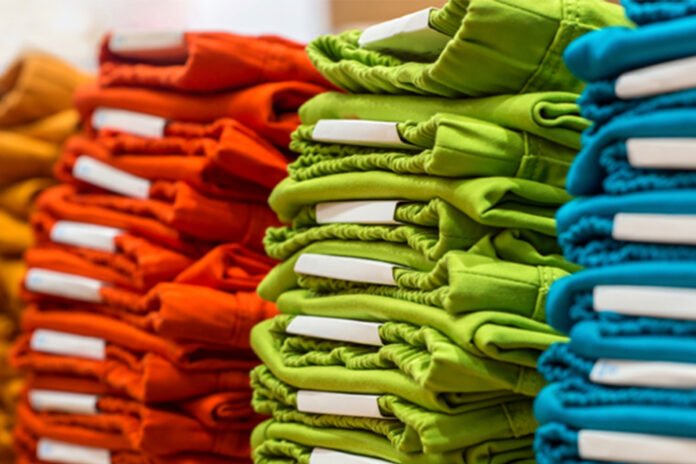Bangladesh has increased the minimum wage of RMG workers to TK12500 a significant rise from TK 8000 but workers term it as too low, accusing the exporters of passing on all government subsidies to Western buyers.
Factory owners call the new minimum wage very high and that will increase their costs. In fact, exporters have warned that most factories would stop inducting new workers. They also plead that the minimum wage should be applied after three months as this increase was not incorporated into the orders in the pipeline.
Meanwhile, textile experts allege that western brands and buyers are reaping the benefits of Bangladesh’s cash incentives and tax breaks for garment exporters who incorporate these subsidies in their apparel pricing.
They say this practice leaves workers without their fair share despite rising living costs since the minimum wage was set at Tk8,000 per month five years ago, which has now been increased to Tk12500. They cite the stagnant pricing of basic tee shirts as a prime example of this phenomenon. A decade ago, a basic tee shirt typically sold for around $1.50. Today, that same tee shirt is often sold for the same price or even less due to intense competition among suppliers. Meanwhile, Western retailers often sell these tee shirts at a significant profit margin of $4.50 each. Bangladesh sells a shirt for $4.5 and a pair of denim pants for $6.5 but retailers in the USA and Europe are selling them for $13.5 and $19.5, respectively.
Exporters claim a 40 percent increase in production costs over the past five years, but Western buyers resist raising the price of tee shirts made in Bangladesh by even a few cents. Exporters have been advocating for an increase in the cutting-and-making charge of apparel, but their efforts have been futile.
Garment exporters in Bangladesh receive a 5 percent cash incentive when exporting apparel items made from locally procured raw materials such as yarn and fabrics. An additional 4 percent cash incentive is granted for shipments to non-traditional markets encompassing all export destinations except for the European Union, Canada, and the United States. Furthermore, garment exports benefit from an additional 1 percent cash incentive in all countries.
According to an OECD and United Nations report “Production Transformation Policy Review of Bangladesh: Investing in the Future of a Trading Nation” released in September, for the fiscal year 2022-23, the total estimated cost of export cash incentives in Bangladesh amounted to Tk7,550 crore ($700 million). This figure represents approximately 10 percent of the country’s total subsidy expenditure in that year’s budget.
The report points out that these incentives mostly benefit the RMG sector, as, according to the latest official data from the Government of Bangladesh, 65 percent of these cash incentives, or nearly Tk5,000 crore benefitted the garments and textiles industry.
Besides, the exporters also enjoy a multitude of tax and duty benefits. According to an estimate by the National Board of Revenue (NBR), the total value of tax subsidies, including rebates, discounts, exemptions, and reduced rates, was estimated to reach Tk1.78 lakh crore in the fiscal year 2022-23. A significant portion of this financial relief benefits the garment exporters.
The monthly minimum wage for RMG workers has now been increased in Bangladesh to $112 which in China exceeds $300, while it’s $200 in Cambodia, $171 in India, $170 in Vietnam, and $110 in Pakistan. Even in Myanmar, the minimum wage is above $100 per month.
The actual beneficiaries of these subsidies and incentives, the producers, employ another tactic by inflating their prices to maximize their gains. For instance, if the true export price of a shirt is $3, some exporters may declare it as $4 to obtain a larger share of the incentive funds. To take advantage of this, they initially export their products at inflated prices to intermediary destinations like Dubai, Hong Kong, Singapore, or other countries first and then re-export to their actual intended markets, industry insiders tell TBH.
According to data provided by the Asian Productivity Organization, the hourly productivity of a Bangladeshi garment worker in terms of value stands at $3.4, which is comparatively higher in competing countries: $4.1 in Myanmar, $4.7 in Vietnam, $7.5 in India, $8.7 in the Philippines, over $11 in China, and nearly $16 in Sri Lanka.
For more news on related topics: textalks.com



